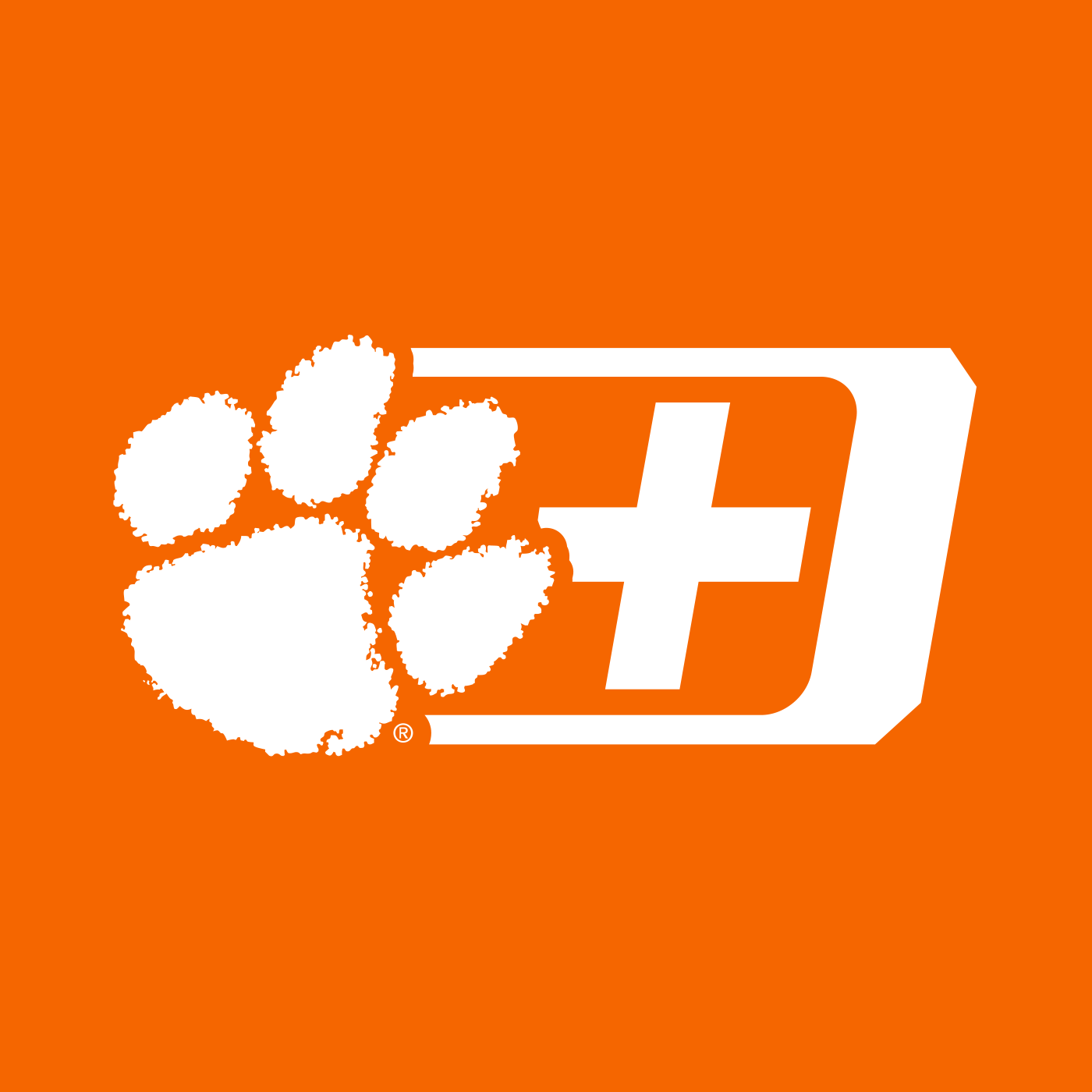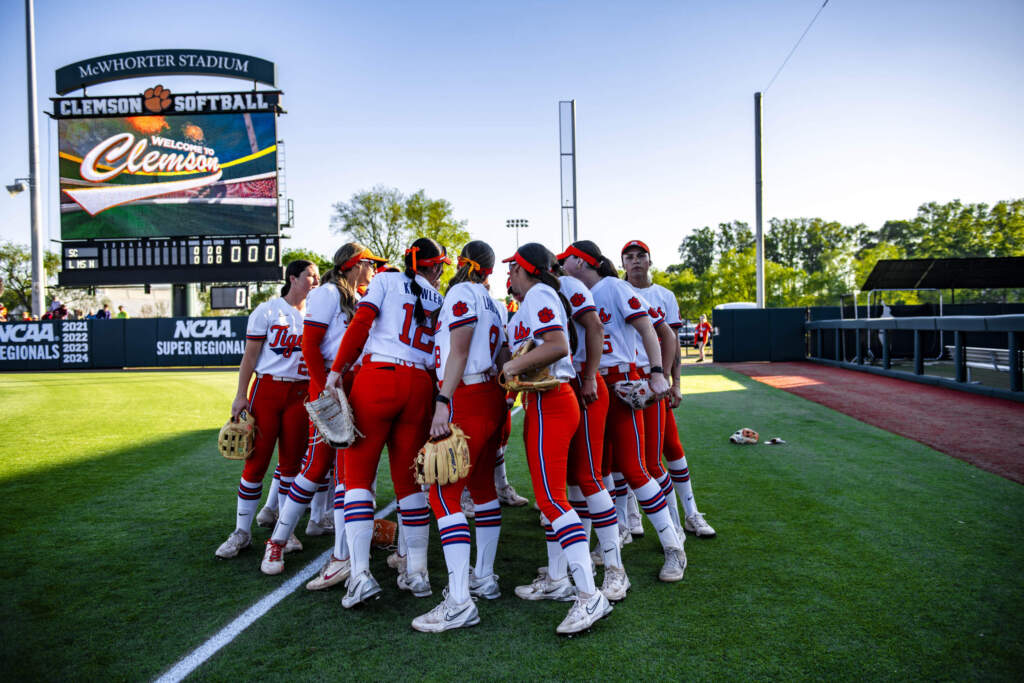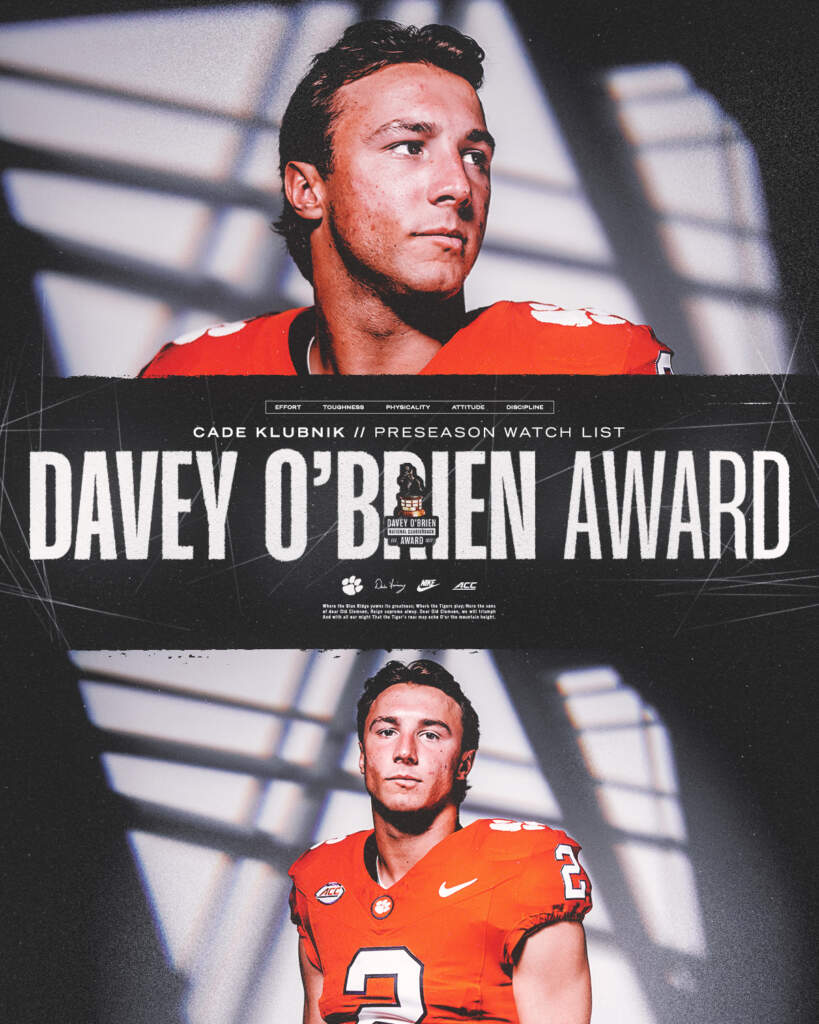Oct. 2, 2000
Dear Clemson:
One of the most enjoyable things about the opening of a semester is the abundance of campus activities it brings. As a result, over the past few weeks I have had many opportunities to interact with faculty, staff, students and alumni. During these interactions, I hear many of the same questions repeated. This letter is an effort to respond more broadly to some of those frequently-asked questions.
How did the freshman class get so big? Preliminary figures show we enrolled 3,032 freshmen, well above our target. Two factors account for the large increase at the end of the year. First, the legislature increased the LIFE Scholarship from $2,000 to $3,000 late in the legislative session. That increase was apparently enough to persuade many students who had originally planned to go to an out-of-state school to stay home instead. We could not make an adjustment in our admissions procedures so late in the year. The second factor is that Clemson is highly desirable. Our applications continue to increase. Ordinarily, popularity is a blessing. But our current undergraduate enrollment exceeds our capacity by several hundred students. I congratulate the deans, chairs and faculty for accommodating such a large freshman class, but the real solution is long-term enrollment planning. That’s why I have been asking faculty, staff, students and alumni to respond to the question: How big should Clemson be? Your responses will help us plan our enrollment strategy for the future.
How does the quality of the freshman class (SAT’s, etc.) compare to last year? Even with the increase in numbers, we are also seeing an increase in quality, which is remarkable. The average SAT score is 1,172 — a 14-point increase over last year, which is probably again going to be the highest among all public colleges and universities in the state. Not only are we popular, we’re popular among South Carolina’s best and brightest. Nationally, using university comparisons from the classes entering in the fall, 1999, Clemson’s 1172 SAT average ranks ahead of Michigan State, Purdue, Iowa State and N.C. State.
How did Clemson’s “College of the Year” designation come about? Clemson did not set out to achieve this national recognition. In fact, it is not an honor that a school can seek. The honor finds the school. TIME Magazine does not rank colleges in its annual college guide, but it does single out institutions that are doing an exceptional job in a specific area. This year, the editors chose to focus on communications. Judges came to Clemson, interviewed faculty, did their research on the program, and decided that it was the best of any public college or university. (Other institutions honored in different categories were Cornell, Sarah Lawrence, and Longview Community College.)
That’s the official answer. The unofficial answer is that Clemson’s honor came because of the quiet and effective work of our faculty, because Clemson has a culture that encourages faculty to be innovative and collaborative, and because of private support from major donors such as Bob and Betsy Campbell and Roy and Margery Pearce. Their support gave the program financial stability and allowed it to grow during periods of state budget cuts. TIME Magazine’s designation as College of the Year shows what can happen when you combine the power of faculty creativity with the power of private support.
Are we making any progress toward the goals you set when you were named president? We can cross at least one off the list, because the University Singers will be performing at Carnegie Hall in November!
We have made substantial progress in laying groundwork for achieving our goals. Our TIME Magazine recognition will increase our national reputation as a top 20 public university candidate. We have held summits on research, the library and the budget process, and we held two planning retreats during the summer, including the Board of Trustees retreat. We appointed a task force to help us shape an enrollment management plan. We are beginning a process to update our campus master plan and conduct a space utilization study. This fall we plan to hold an additional summit on international activities.
We see two clear messages coming from these efforts. First, and this won’t surprise you, we need more resources — funding, personnel and space. Second, we must engage in focused, meaningful planning, in which resources are tied to goals. In the past, we have planned to a budget. Now we will budget to a plan.
I plan to hold one or two town meetings this fall to share more information about goals, budgets and the planning process. Watch your e-mail and Inside Clemson for details.
I have never been more enthusiastic about Clemson’s future. Thank you for all of your efforts to build this positive momentum for a very bright future.
Sincerely, James F. Barker, FAIA President





